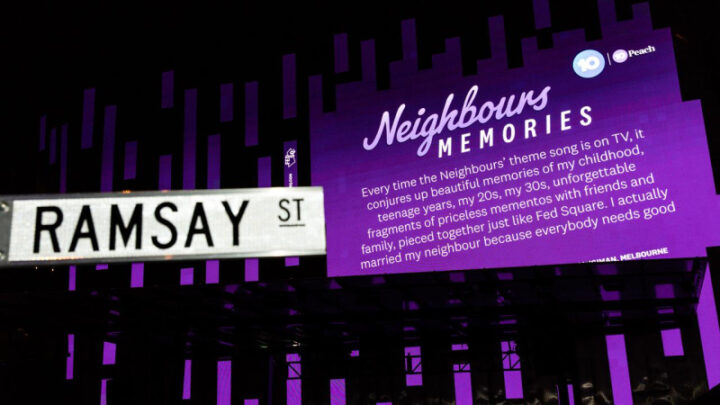Navigating the Storm: How Australia's Live Music Industry is Tackling Climate Risk and Rising Costs

The Australian Live Music Scene: A Challenging Landscape
Australia's live music industry is renowned for its vibrancy and energy, but it's also facing a growing number of challenges. It’s a sector that demands resilience, adaptability, and a keen eye on the horizon. Dion Brant, a leading voice in the industry, recently highlighted the realities of operating in this dynamic space – a space increasingly shaped by climate risk, escalating costs, and a complex web of logistical hurdles.
Climate Risk: A Growing Concern
Brant’s observations underscore a crucial point: climate risk is no longer a distant threat; it’s a present reality impacting every facet of the live music ecosystem. From extreme weather events disrupting tours and festivals to the increasing cost of insurance and venue repairs, the financial burden is significant. Consider the impact of cancelled shows due to flooding, heatwaves, or bushfires – the knock-on effect on artists, promoters, and supporting businesses is substantial. Furthermore, the environmental footprint of touring, including transportation and waste management, is coming under greater scrutiny from both audiences and regulators.
Beyond the Weather: A Multifaceted Cost Crisis
The challenges extend far beyond just climate-related disruptions. Rising costs are squeezing margins across the board. The fluctuating Australian dollar makes international touring particularly precarious, impacting artist fees, equipment rentals, and transportation expenses. Increased operational risks, from security concerns to crowd management, require significant investment in safety measures. Even seemingly minor details, like the cost of replacing turf on festival grounds after heavy rains, contribute to the overall financial strain.
Navigating the Complexities: Regulations and Timelines
Adding to the pressure is a complex regulatory landscape. Obtaining permits and licenses for events can be a lengthy and bureaucratic process, often requiring significant lead time. Tight timelines demand meticulous planning and efficient execution. Promoters and venue operators need to be adept at navigating these complexities while simultaneously managing budgets and ensuring a safe and enjoyable experience for attendees.
Looking Ahead: Trends and Adaptations
Despite these challenges, the Australian live music industry remains remarkably resilient. Several key trends are emerging as operators adapt to the new realities:
- Sustainability Initiatives: A growing focus on reducing the environmental impact of events, including using renewable energy, minimizing waste, and sourcing local suppliers.
- Risk Mitigation Strategies: Investing in insurance, developing contingency plans for extreme weather events, and implementing robust security protocols.
- Technological Innovation: Leveraging technology to streamline operations, improve ticketing processes, and enhance the fan experience.
- Collaboration and Partnerships: Forming alliances between artists, promoters, venues, and local authorities to share resources and expertise.
The Future of Live Music in Australia
The Australian live music industry faces a tough road ahead, but the challenges also present opportunities for innovation and growth. By embracing sustainability, prioritizing risk management, and leveraging technology, the industry can navigate the storm and continue to thrive. Dion Brant's insights serve as a valuable reminder that adaptability and a proactive approach are essential for success in this dynamic and ever-evolving landscape. The future of live music in Australia depends on a collective commitment to resilience and a willingness to embrace change.






